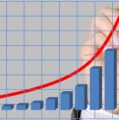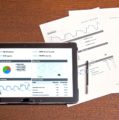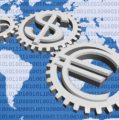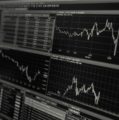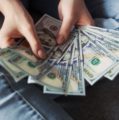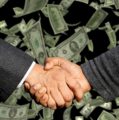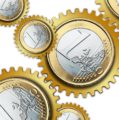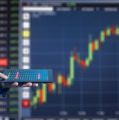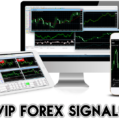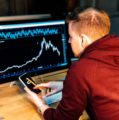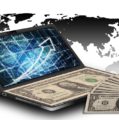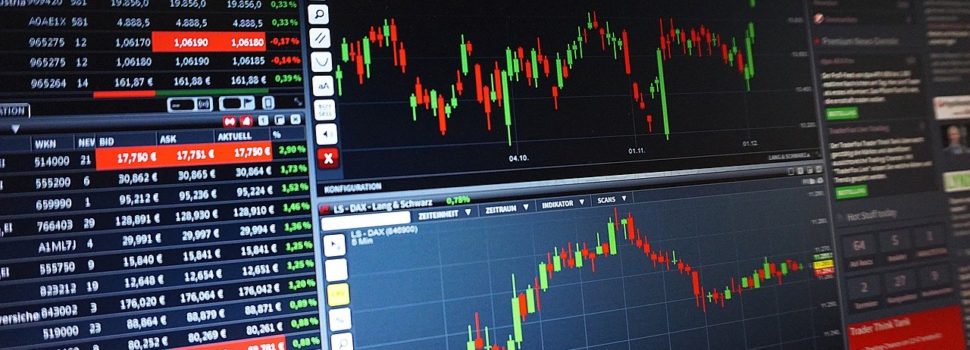
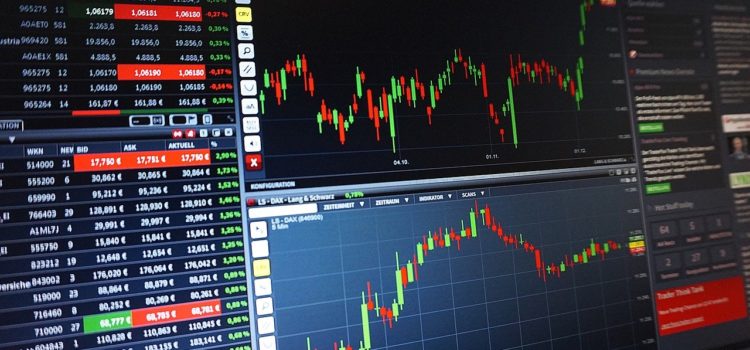
Introduction to Forex
featuredForex Guides November 24, 2019 Ted
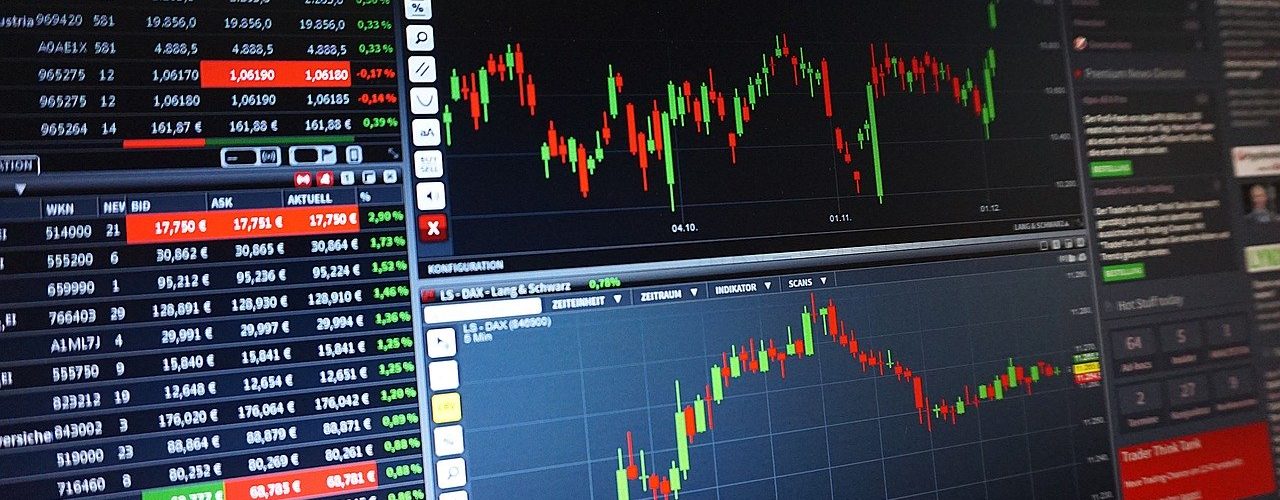
Forex Functionality
While the functionality of Forex is the same as a domestic stock exchange, the commodities and prices are more volatile, and there are additional factors to take into considerations besides the typical risks associated with a domestic market. You will have to contend with not only the value of your stocks and your currency, but also the foreign currencies involved in any trades or exchanges on Forex, as well as the inconsistencies of values of particular goods and services across international borders.
It is like driving a car with a standard transmission as opposed to an automatic. On the domestic front, the work is mostly done for you, and all you have to do is navigate, much like an automatic transmission. However, shifting gears is quite similar to having to constantly take part in the currency conversion.
It can be distracting, and it certainly complicates the act of driving. Because the financial situation of many countries is not as secure as that of the United States, this can pose a formidable problem in determining where to invest your money and what to expect next in the international market. Knowing what countries and currencies are involved in Forex can assist you by allowing you to more closely monitor the financial situation in the nations with which you will be interacting.
The History Of Forex
When foreign trade began, it was not an international trade market. It was borne out of the Bretton Woods agreement in 1944, which set forth that foreign currencies would be fixed against the dollar, which was valued at $35 per ounce of gold.
This precedent was first put into practice in 1967, when a bank in Chicago refused to fund a loan to a professor in sterling pound. Of course, his intention was to sell the currency, which he felt was priced too high against the dollar, then buy it back later when the value had declined, turning a quick profit. After 1971, when the dollar was no longer convertible to gold and the domestic market was stronger, the Bretton Woods agreement was abandoned, and the currency conversion process became more variable.
This allowed for a stronger backing in the foreign markets, and the United States and Europe began a strong trade relationship. In the 1980s, the market hours and usage was extended through the use of computers and technology to include the Asian time zones as well. At this time, foreign exchange equaled about $70 billion a day. Today, about twenty years later, the trade level has skyrocketed, with trade equaling close to $1.5 trillion daily.
Originally, trading across international lines was more difficult, with several different currencies involved across Europe. Though the major players in the European market were deeply involved in and veterans of international trade by the time other markets joined in, there were more currencies to keep track of – the franc, the pound, the lira, and many more – than was reasonable.
With the birth of the European Union in 1992, the wheels were set in motion to create a single currency that would be used across most of Europe, and the Euro was finally established and put into circulation in 1999.
Forex Today
While some countries have still not accepted the currency as their own (such as Britain, who still uses the sterling pound), the process of currency conversion has been simplified without the large number of various currencies that were previously dealt with. Instead of dozens of currencies, the main countries trade in five – U.S. dollars, Australian dollars, British pounds sterling, the Euro, and the Japanese Yen.
Today, the Foreign Exchange Market is international and worldwide. The market is open 24 hours a day, 5 days a week, to accommodate all of the time zones for all of the major players. These now include most of Europe, the United States, and Asian markets, especially Japan. Even Australia has joined the international trading markets, and since such nations are halfway around the world from some of the other top players, time zones obviously must be taken into consideration.
Another completely separate but perhaps more important concern with trading in Forex is understanding how trade works in multiple currencies. How can you compare the value of a stock across international lines if the values are expressed in two separate, non-equivalent currencies? And how do you measure gains and losses when conversion rate is constantly changing?
Understanding Currency Conversion
When you begin trading on Forex, you have to learn how to convert currencies and note the difference in values, as well as how currencies are exchanged between international lines. This means studying not only domestic market trends and currency values, but also those of foreign markets.
Working With Multiple Currencies
Since Forex is the Foreign Exchange Market, you obviously cannot expect everyone within the market to trade in U.S. dollars (and why not, you might ask? – but remember that not everyone covets the U.S. dollar). With so many variables and volatile currencies being exchanged, how can you know a good buy or sell when you see one without complete awareness of the value of foreign currency?
The first step is to find a source that will give you a basic idea of the current exchange rate between your domestic currency and the foreign currency in question. You should do this as a base listing for any currency that with which you might become involved. Of course, this will not be consistent down to the cent or fraction of a particular currency throughout an entire business day, but at least you will have your starting point from which to begin, almost like North on a compass. Such sources can be found all over the Internet, as well as through many brokers, both on line and in person.
Currency Expression
It is also good to understand the means be which the currency conversion is expressed. The comparison is usually made in a ratio known as the cross-rate. In this configuration, the two currencies are listed in an XXX/YYY ratio, with the XXX position referred to as the base currency. The base currency is usually expressed as a whole number, while the YYY position is expressed as the decimal that most closely matches the based currency rate. It is sort of like making reference to miles per gallon or rotations per minute on a car – a direct comparison of one to the other in the form of a ratio.
The smallest fraction, or decimal, in which a currency can be traded, is called a pip and this is usually the degree to which a cross-rate is expressed. For example, if the British pound sterling can be traded in thousandths, the currency will be expressed to the third decimal place. The U.S. dollar is often expressed to the hundredth of a cent (the fourth decimal place).
In one cross-rate expression example, one U.S. dollar may be equivalent to 117.456 Japanese yen. This ratio would be expressed as 1.000/117.456. The base currency is almost always expressed as a single unit (as in one dollar as opposed to ten dollars), and frequently that unit of measurement is the U.S. dollar. Since the whole number value (or big figure, as it is referred to) of the secondary currency, or the currency in the YYY position in terms of conversion changes so infrequently, often only the decimal portion of the number is mentioned in the Foreign Exchange Market.
Therefore, in the ratio above, you may hear that the yen is trading at .456, with no mention at all of the 117 whole yen that is shown in the ratio. This is because the exchange rate may vary from 117.456 to 117.423, but not to 119.024. Experiencing a change in the big figure – the whole number ahead of the decimal – unless it was only because the number was already within a few thousandths, would represent much too large a shift in value for a single trading period and would be a rare occurrence that could cause the entire market to make a drastic swing in one direction or the other.
The most common currencies found in Forex are the U.S. dollar, the British pound sterling, the Euro, the Japanese yen, and the Australian dollar. In the past, there would have been many more currencies to keep track of (such as the franc, the lira, or the Deutschmark). However, with the consolidation of most of the European market trading on Forex to the Euro, many currencies have been eliminated, making trade on Forex for other lands less complicated.
If you purchase a commodity in a particular currency, and that currency’s value falls against the U.S. dollar, you can actually make money by selling that same commodity in dollars. The same is true in reverse should the value of a foreign currency increase against a U.S. dollar. Of course, you can only take advantage of such a situation should the commodity be traded in both currencies and both markets in question. We will discuss this process, as well as other ways to take advantage of the Foreign Exchange Market (like arbitrage) in more depth in future chapters.
Once you are able to discern a base value of each particular currency and its conversion rate against others traded on Forex, you will be able to more closely monitor the change in currency conversion, including its inconsistency and volatility. Such ideas will not seem so “foreign”, and you will be caught up and knowledgeable right along with the pros. Then, you will need to learn how to read, understand, and ultimately interpret additional market trends.
Forex Trending
Following charts, listening to the advice of market analysts and chartists, and learning to make educated predictions yourself will help you keep track of various marketing trends. The next chapter will explain more about using the statistics that are published to forecast the next move on the stock market. Will it be a clear, calm day with little activity, or is there a storm brewing with winds of change and uncertainty? How can you tell what will happen with your holdings the following day or even further into the future?
Simply learning to read market trends can remove a lot of natural apprehension and uncertainty for beginning traders. In fact, sometimes the best first step to entering the market is to watch shows about it or read the financial sections of the newspaper that detail the trends and expected outcomes.


